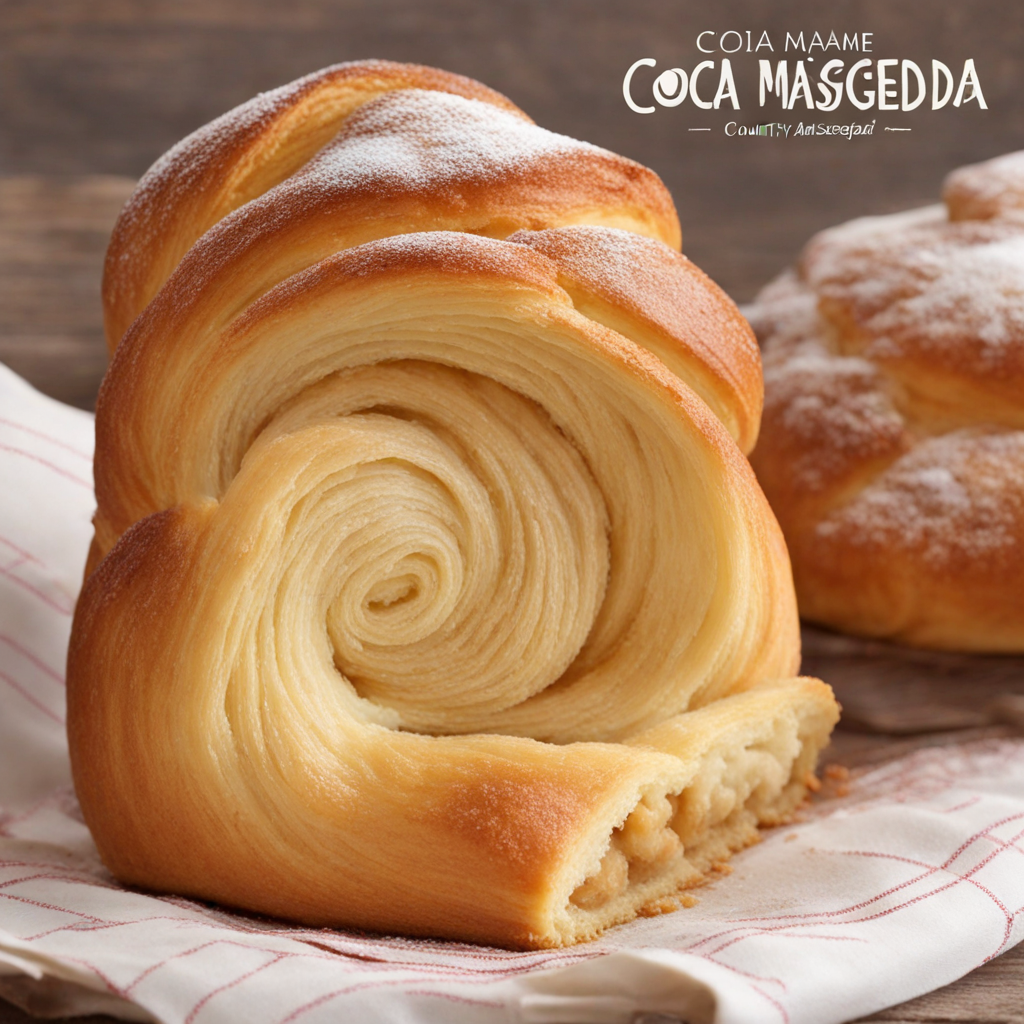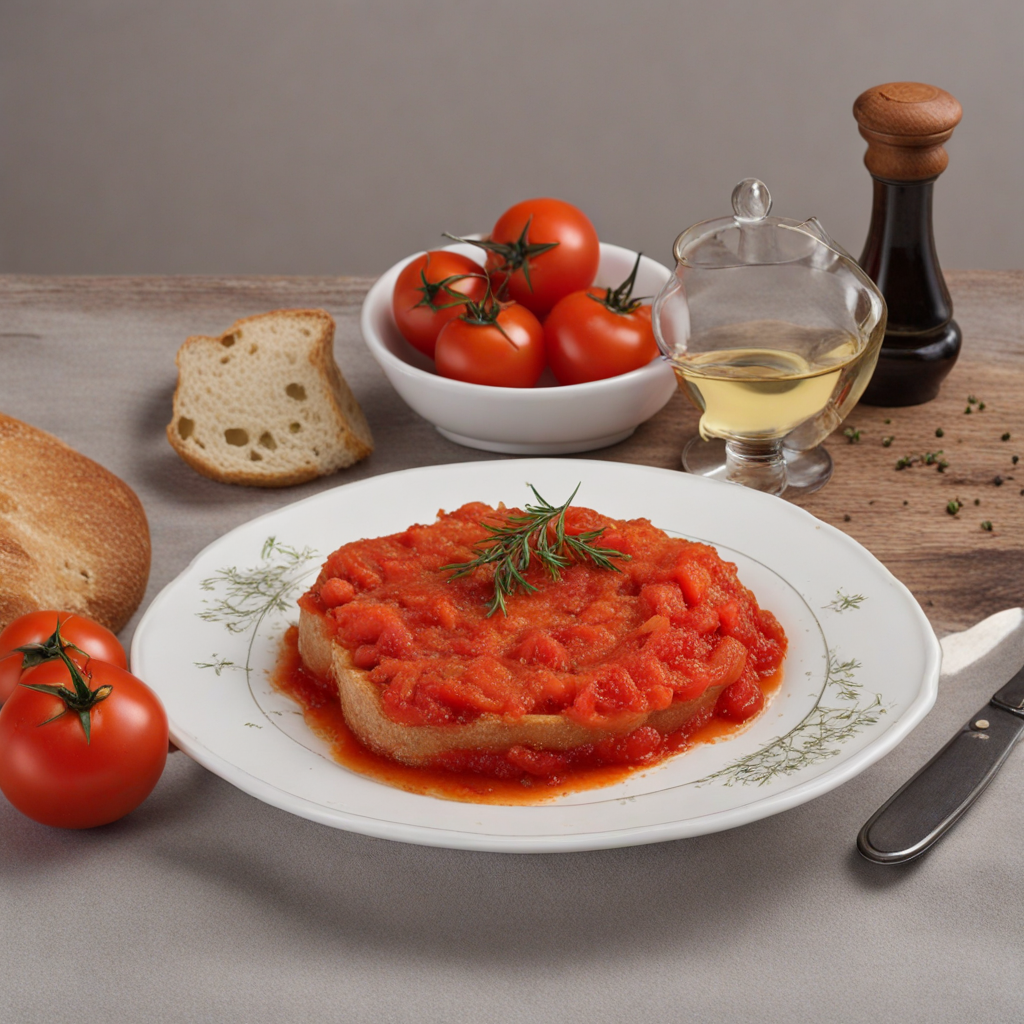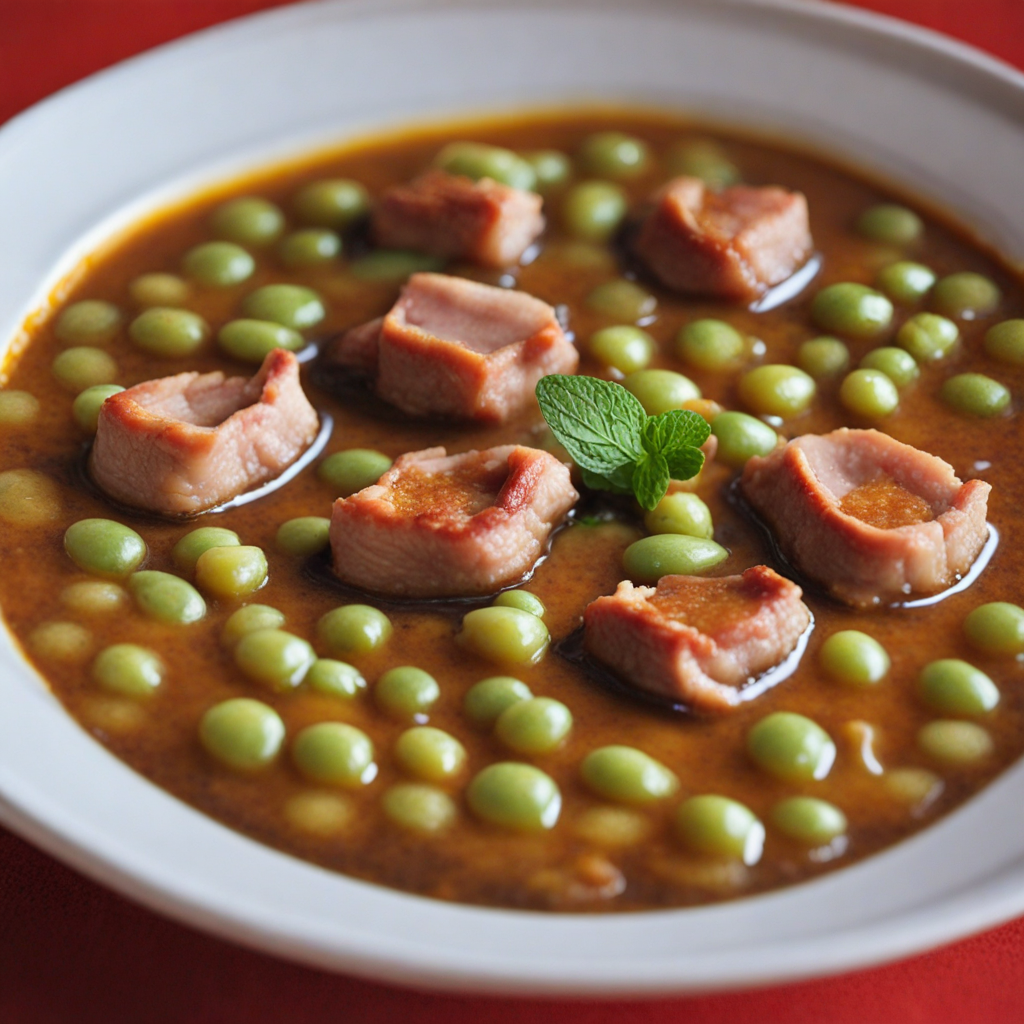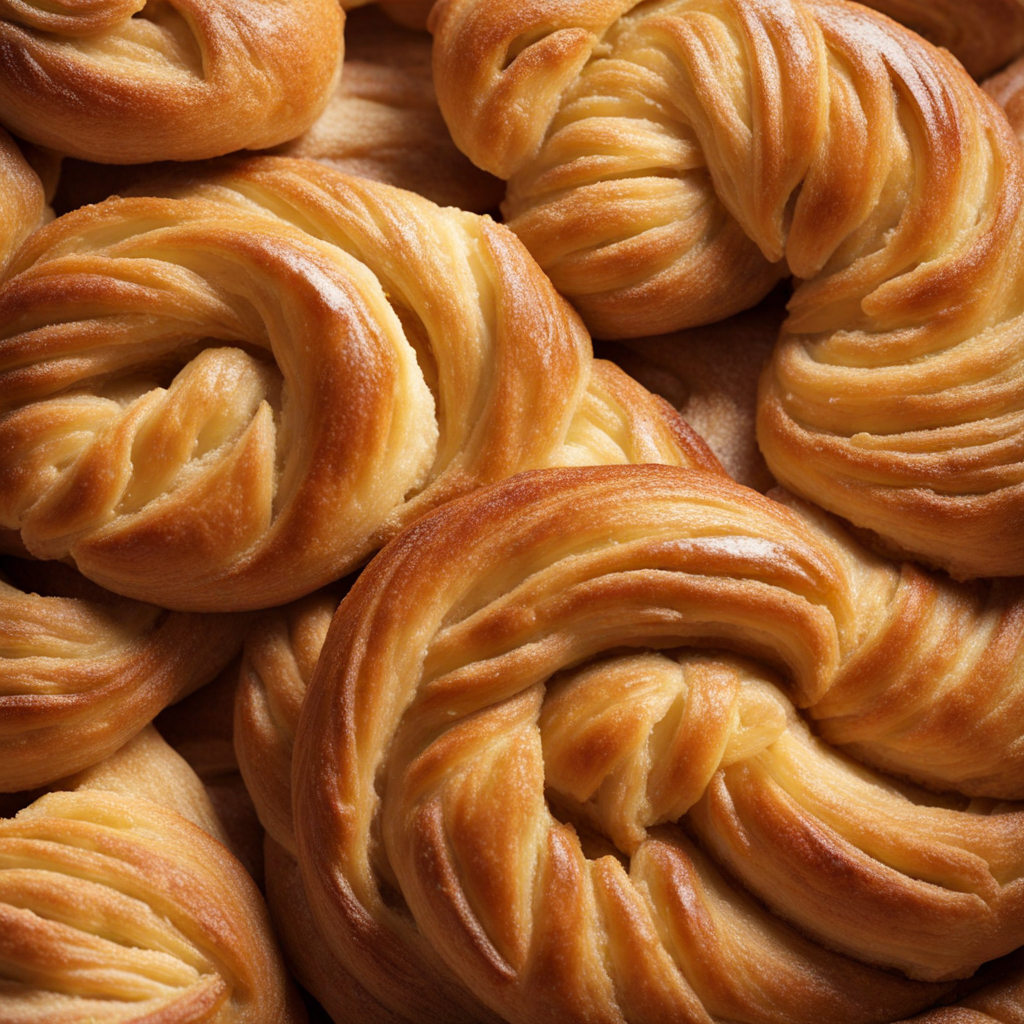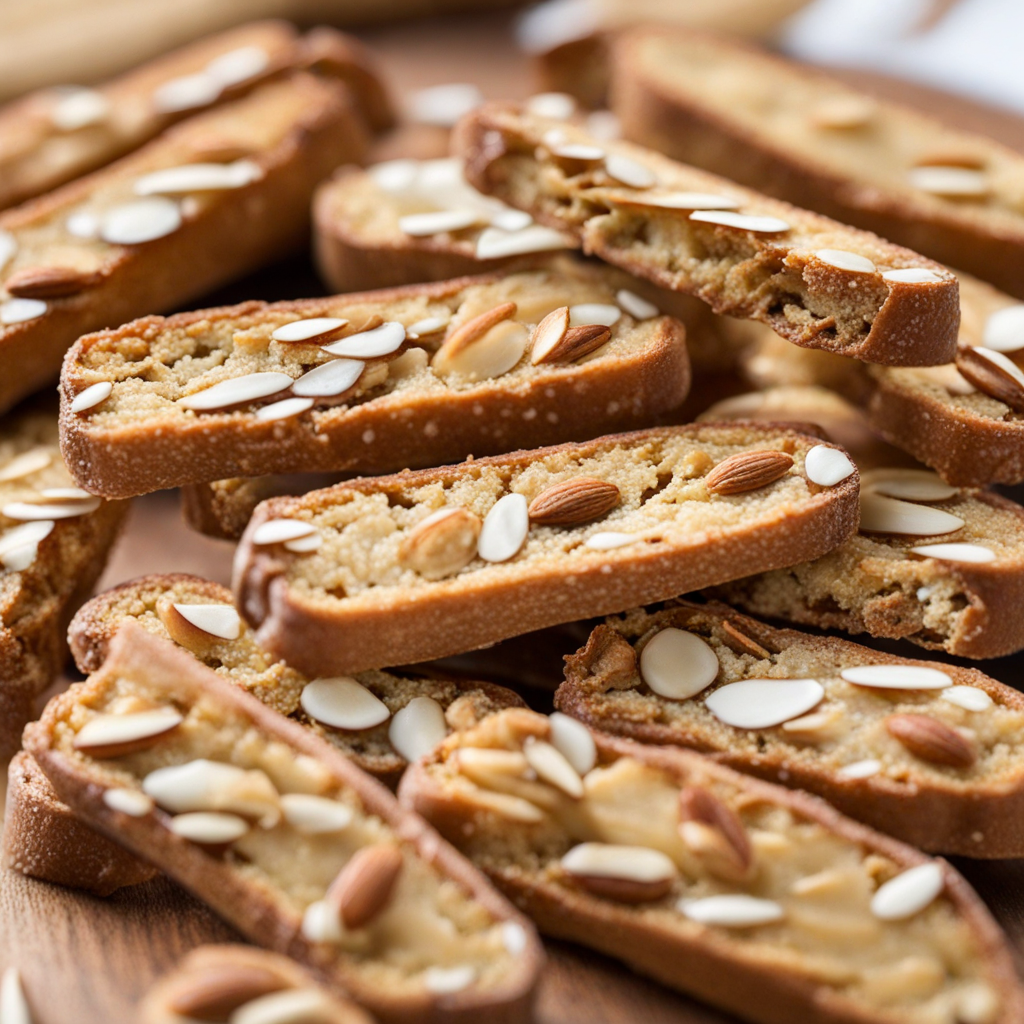Coca Masegada
Coca Masegada is a delightful pastry hailing from the picturesque region of Andorra, where the culinary landscape is shaped by a blend of Spanish and French influences. This traditional dish features a thin, flaky base, similar to a savory tart, that is generously topped with a mixture of local ingredients. The crust is often made from a simple dough enriched with olive oil, giving it a crisp texture that perfectly complements the flavorful toppings. The combination of ingredients can vary, but it typically includes roasted vegetables, herbs, and sometimes local cheeses, which create a harmonious medley of flavors. What sets Coca Masegada apart is its unique use of seasonal produce, reflecting the rich agricultural heritage of the Andorran valleys. Ingredients like ripe tomatoes, sweet bell peppers, and fresh zucchini are often featured, bringing a burst of color and freshness to the dish. The addition of aromatic herbs such as rosemary or thyme enhances the overall flavor profile, making each bite a delicious experience. The dish can be served warm or at room temperature, making it a versatile option for any occasion, from casual gatherings to festive celebrations. As you take your first bite of Coca Masegada, you'll be greeted with a delightful crunch from the pastry, followed by the warm, savory flavors of the toppings. The contrasting textures of the crispy base and tender vegetables create a satisfying mouthfeel that is both comforting and inviting. This dish not only embodies the spirit of Andorran cuisine but also offers a taste of the region's rich culture. Whether you are a seasoned foodie or a curious beginner, Coca Masegada is a culinary gem that promises to tantalize your taste buds and leave you longing for more.
How It Became This Dish
Coca Masegada: The Sweet Legacy of Andorra Nestled in the heart of the Pyrenees, Andorra is a small principality that boasts a rich tapestry of cultural influences, stunning landscapes, and a unique culinary heritage. Among its traditional dishes, Coca Masegada stands out as a beloved sweet treat, reflecting the region's history, agricultural practices, and communal traditions. To fully appreciate Coca Masegada, it is essential to explore its origins, cultural significance, and the evolution it has undergone over time. Origins of Coca Masegada The roots of Coca Masegada can be traced back to the broader category of "coca," a type of flatbread that has its origins in the Mediterranean and Iberian Peninsula. The word "coca" itself is derived from the Latin "cocca," which refers to a type of cake or pastry. In the context of Andorran cuisine, coca can be both savory and sweet, varying widely across regions. Coca Masegada, specifically, is a sweet coca that incorporates a rich blend of local ingredients. Traditionally, the dough is made from flour, water, yeast, and sugar, resulting in a soft and slightly sweet base. The topping often includes a mixture of almonds, sugar, and sometimes spices such as cinnamon, reflecting the culinary influences that have traversed the rugged mountain landscape over centuries. The name "masegada" comes from the Catalan word "mas," meaning farmhouse, which suggests that this dish was initially popular among rural communities. The cultivation of almonds in the region, introduced during the Moorish occupation of the Iberian Peninsula, also played a significant role in the development of Coca Masegada. Almonds, along with other local crops, became staples in Andorran kitchens, leading to the creation of this delicious dessert. Cultural Significance Coca Masegada holds a cherished place in Andorran culture, often associated with celebrations and communal gatherings. Traditionally prepared during festivals, family gatherings, and religious events, this sweet treat embodies the spirit of community and togetherness. The preparation and consumption of Coca Masegada often involve family members coming together, sharing stories, and passing down culinary knowledge from one generation to the next. One of the most notable occasions for enjoying Coca Masegada is during the Feast of Saint George (Sant Jordi) on April 23rd. This celebration, deeply rooted in Catalan culture, is marked by the exchange of gifts, flowers, and, of course, Coca Masegada. In this context, the dish not only satisfies the palate but also serves as a symbol of love and unity within the community. Moreover, Coca Masegada is often offered as a welcoming treat to guests, showcasing the Andorran tradition of hospitality. Visitors to the principality are frequently greeted with a slice of this delectable pastry, a gesture that reflects the warmth and friendliness of the Andorran people. This custom reinforces the idea that food is a powerful medium for connection and cultural exchange. Development Over Time As Andorra navigated through historical changes, Coca Masegada evolved, adapting to new influences while retaining its core elements. The principality's strategic location along trade routes between France and Spain facilitated the exchange of ingredients and culinary techniques, enriching the local cuisine with diverse flavors and styles. In the 19th and 20th centuries, as tourism began to flourish in Andorra, Coca Masegada gained popularity beyond local communities. Visitors seeking authentic culinary experiences were introduced to this traditional sweet, prompting local bakers to refine their recipes and create variations to cater to changing tastes. This period saw the emergence of different interpretations of Coca Masegada, incorporating modern ingredients such as chocolate or fruit preserves, while still honoring the classic flavors. The rise of the artisanal food movement in recent years has further contributed to the renaissance of Coca Masegada. Local bakers and chefs have embraced traditional methods, often sourcing ingredients from nearby farms, thereby promoting sustainable practices and supporting the local economy. This emphasis on authenticity has allowed Coca Masegada to reclaim its status as a symbol of Andorran identity and pride. Today, Coca Masegada is not only a staple in Andorran households but also a sought-after delicacy in local bakeries and restaurants. Its presence at festive occasions, markets, and culinary festivals underscores its enduring appeal. The dish has even inspired culinary workshops, where locals and visitors alike can learn to craft their own Coca Masegada, further cementing its role as a living tradition. Conclusion Coca Masegada is more than just a sweet pastry; it is a representation of Andorra's rich history, cultural identity, and communal values. From its origins as a simple farmhouse treat to its current status as a cherished delicacy, Coca Masegada embodies the spirit of the Andorran people. Its evolution over time reflects the adaptability and resilience of a culture that celebrates its traditions while embracing change. As Andorra continues to navigate the complexities of modernity, Coca Masegada remains a beloved symbol of connection, hospitality, and shared heritage. Whether enjoyed during a festive occasion or savored as a daily indulgence, this sweet treat serves as a reminder of the power of food to bring people together, transcending time and place. In a world that often feels divided, Coca Masegada stands as a testament to the enduring bonds forged through the simple act of sharing a meal.
You may like
Discover local flavors from Andorra


